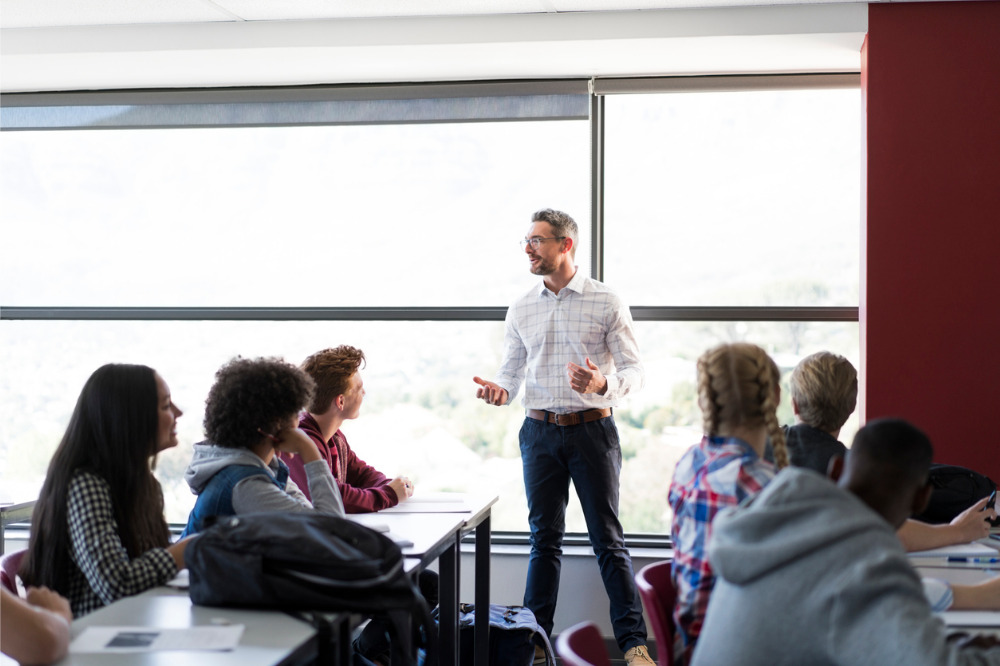
While most Australian teachers are using evidence to improve student learning their classrooms, some aren’t using all the strategies necessary for those practices to be effective.
Today, the Australian Education Research Organisation (AERO) released the most comprehensive analysis into what is working well and what needs to change with respect to how evidence is being used in Australian schools.
The ‘Evidence use in schools’ study includes findings from a survey and interviews with over 900 teachers and school leaders from across Australia, a rapid review of research on evidence use in teaching, and data from international education surveys (PISA, PIRLS, TIMSS, TALIS).
According to the responses AERO researchers received, more than three quarters of teachers report regularly using explicit instruction and formative assessment in their classrooms, with some strategies being used by over 85% of teachers.
However, many reported the lack of time as a barrier to engaging with evidence, adding that many resources were not free to access or not easy to interpret and apply to different contexts.
The report suggests several recommendations for how to support teachers to use evidence more effectively, including providing teachers with resources that are easy to access and implement, more opportunities for evidence-based professional learning, designated time to engage with evidence and a school culture where teachers feel safe to draw on evidence and propose changes to practice.
“Some key challenges are teacher’s confidence in using evidence, availability of resources that are easy to understand, and culture around discussing and learning from evidence,” Dr Zid Mancenido, Senior Manager of Research and Evaluation at the Australian Education Research Organisation (AERO), told The Educator.
“Teachers told us that a lot of the evidence they receive is overly academic. AERO is working to translate high quality evidence into practical, easy to understand resources that teachers can use in the classroom.”
Dr Mancenido said creating a culture of evidence use at the school level can include offering dedicated time, professional learning and coaching to support greater engagement with evidence.
“It may seem simple, but we know from talking to schools and teachers and looking at the evidence, improving outcomes doesn't come from new innovations or fads, it comes from using methods and techniques that rigorous research shows work and using it as best as we can and as much as we can.”
Dr Mancenido cautioned that while the report’s findings show promise, much more needs to be done to lift educational outcomes for all students, adding that it is important to understand and address the issues to help teachers take their practice from good to great.
“We can clearly see that teachers are motivated and committed to enhancing their lessons by using evidence but there are some obstacles in their way,” Dr Mancenido said.
“If this work can spur a collective effort to help teachers use quality evidence really well, we should expect to see all students benefiting in future.”


